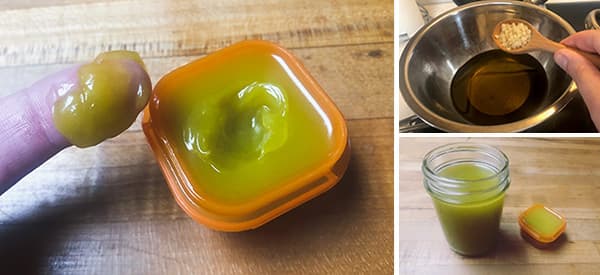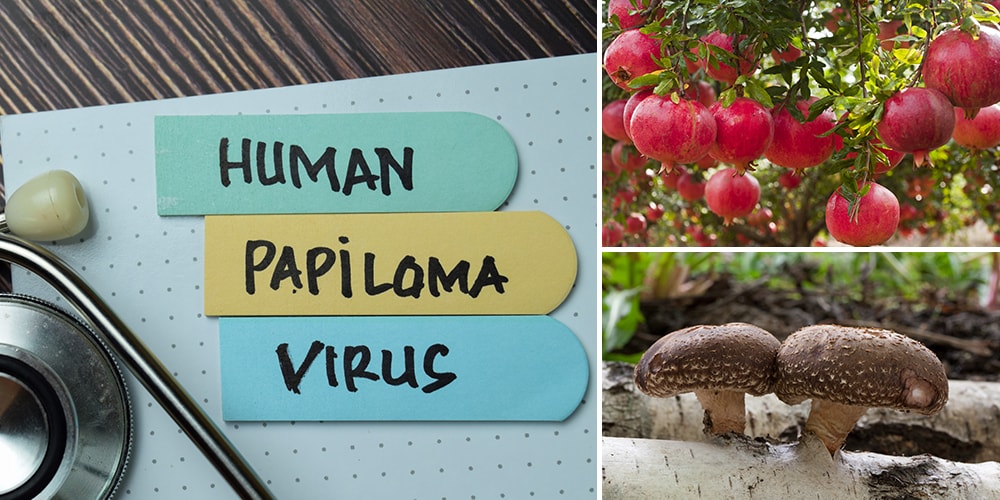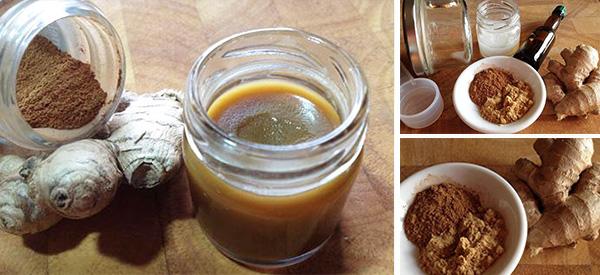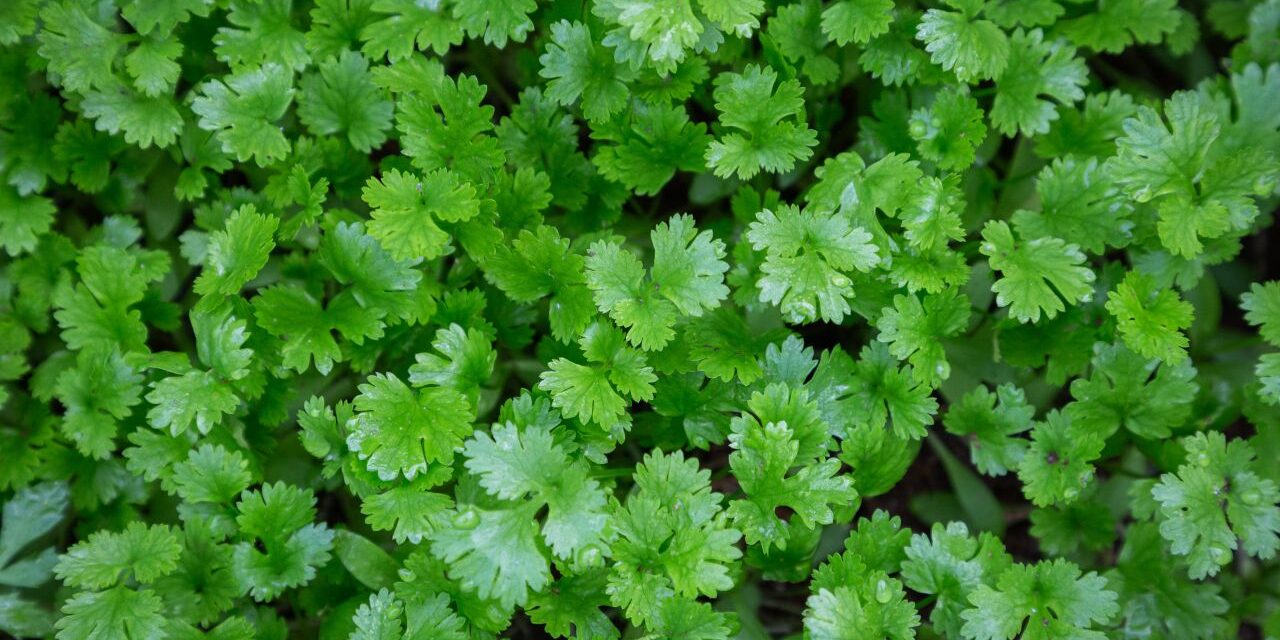
Cilantro
There’s something unmistakable about the scent of freshly picked cilantro—bright, earthy, and almost electric. It stirs up memories of simmering stews, healing broths, and garden harvests still warm from the sun. But beyond its flavor lies a deeper story—one of tradition, healing, and a forgotten wisdom that once lived in every kitchen garden.
Cilantro isn’t just a garnish. It’s an ancient herb with a quiet power. For generations, it’s been used not just to flavor food, but to soothe the gut, cool inflammation, and cleanse the body from within. And now, in a world where convenience has replaced connection, cilantro invites us to return—to the soil, to our senses, and to the healing knowledge we were never meant to lose.
What Is Cilantro
Cilantro (Coriandrum sativum) is the delicate, fragrant leaf of the coriander plant—a soft herb with bright green, lacy foliage and a citrusy, slightly peppery flavor. While “cilantro” refers to the leafy portion, the same plant also produces coriander seeds, which are used in cooking and traditional medicine. This dual identity gives cilantro a unique place in kitchens and apothecaries alike.
Used in everything from ancient remedies to modern cuisine, cilantro’s story is global. It has flavored traditional dishes in Latin America, India, and the Middle East for centuries. Its leaves are often tossed into soups at the last moment, folded into cooling yogurts, or brewed into teas that soothe the gut.
Beyond flavor, cilantro represents something more timeless: the belief that healing begins in the garden. Its gentle nature, wide range of uses, and ease of cultivation have made it a beloved companion to herbalists and home gardeners. This is the kind of herb that teaches you the beauty of simplicity and the power of growing your own medicine.
Cilantro Health Benefits
Cilantro supports the body in quiet, subtle ways. It’s rich in antioxidants and vitamins, especially vitamin K for bone strength, vitamin C for immunity, and vitamin A for eye and skin health. The herb is also loaded with minerals like potassium, iron, and magnesium—each playing a role in maintaining steady energy and balanced function.
One of cilantro’s most remarkable gifts is its ability to bind to heavy metals and help the body flush them out. This makes it a natural ally in gentle detoxification. In traditional medicine, it has been used to soothe digestion, lower blood sugar, ease anxiety, and even support restful sleep. It calms inflammation in the gut and reduces bloating, making it a staple in herbal teas and tonics.
But what truly sets cilantro apart is its spirit. It reminds us that healing doesn’t always roar—sometimes, it whispers. The soft leaves you toss into a salad could just as easily find their way into a calming infusion or a soothing poultice. In a world of synthetic cures and quick fixes, cilantro invites us back to the basics: the kind of care that begins in the soil and ends with nourishment.
How to Grow Cilantro
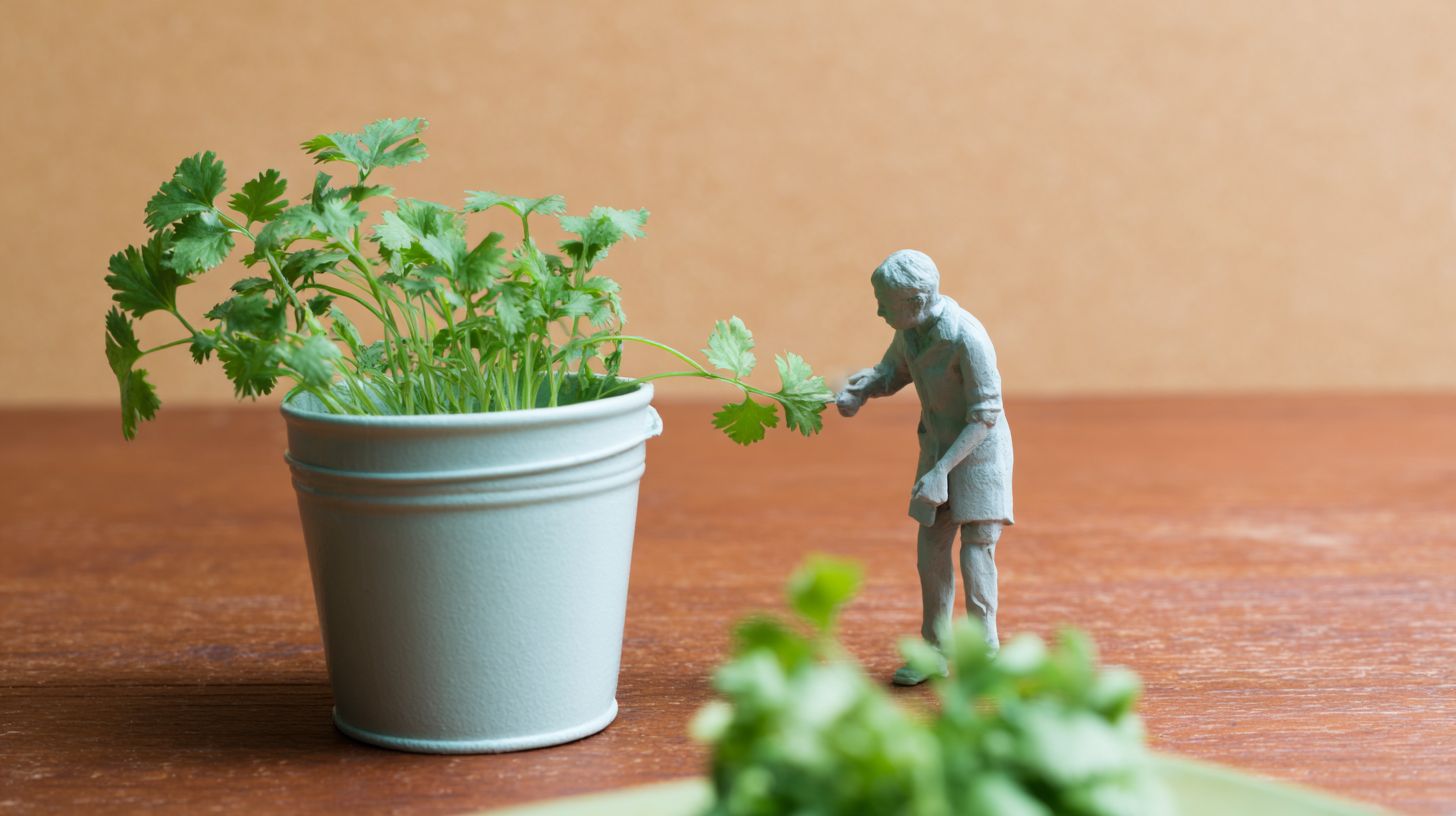 Cilantro is a cool-season crop, thriving best in early spring and fall. It prefers loose, well-drained soil and full to partial sun. Sow seeds directly into the soil, spacing them one to two inches apart. Water gently but regularly, and within two to three weeks, the first feathery leaves will appear.
Cilantro is a cool-season crop, thriving best in early spring and fall. It prefers loose, well-drained soil and full to partial sun. Sow seeds directly into the soil, spacing them one to two inches apart. Water gently but regularly, and within two to three weeks, the first feathery leaves will appear.
Unlike some herbs that relish heat, cilantro wilts under strong summer sun. It bolts quickly when temperatures rise—sending up flower stalks and going to seed. To keep it productive, succession plant every two to three weeks. This gives you a continuous harvest, especially if you’re growing for both leaf and seed.
Cilantro doesn’t demand much from the gardener—just a little attention and a cool place to stretch its roots. Raised beds or containers with morning sun and afternoon shade can extend its growing season. Mulching around the base will help retain moisture and prevent soil temperatures from rising too fast. And as with many herbs, a little care given returns tenfold in beauty and bounty.
How to Harvest Cilantro
Harvest cilantro when it’s about 4–6 inches tall by snipping the outer leaves first. This encourages the plant to keep growing without stressing its central stems. You can harvest small amounts daily, and the more you pick, the more your plant will offer in return.
When the weather warms and cilantro begins to bolt, don’t rush to pull it. Let it flower and go to seed. The seeds it produces—coriander—are flavorful, medicinal, and easy to collect. Simply allow them to dry on the stalk, then shake them free into a paper bag for storage.
Even the parts you might overlook—the stems and flower heads—have value. The stems carry just as much flavor as the leaves and can be blended into sauces or simmered in broths. The flowers attract beneficial pollinators, enhancing your garden’s overall health. In harvesting cilantro, you’re not just taking—you’re participating in a cycle that returns more than it takes.
How to Keep Cilantro Fresh
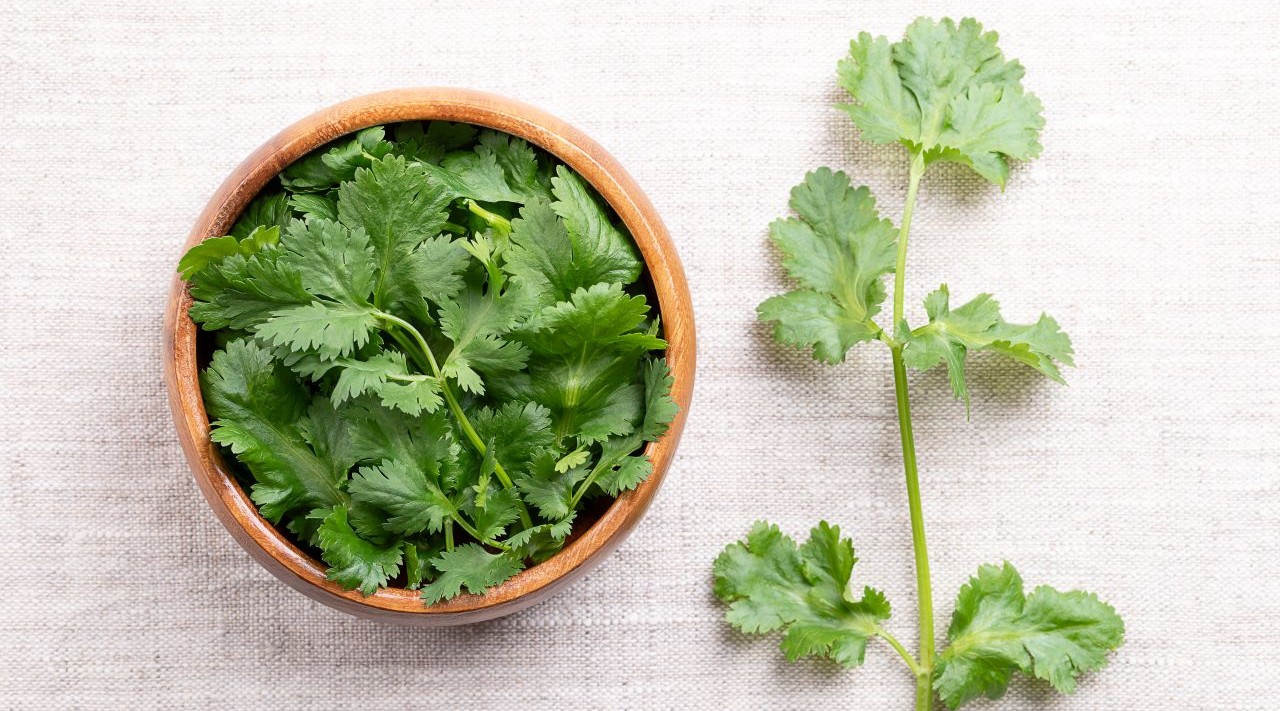 Fresh cilantro is fragile. Once harvested, its delicate leaves wilt quickly if not stored with care. One of the best methods is to trim the stems, place them in a jar with an inch of water, and loosely cover them with a plastic bag. Store this in the refrigerator and change the water every few days to keep it vibrant.
Fresh cilantro is fragile. Once harvested, its delicate leaves wilt quickly if not stored with care. One of the best methods is to trim the stems, place them in a jar with an inch of water, and loosely cover them with a plastic bag. Store this in the refrigerator and change the water every few days to keep it vibrant.
Alternatively, you can wrap the bunch in a damp paper towel and place it inside a sealed bag or container in the fridge. This keeps the moisture balanced and prevents wilting or browning. Be sure to remove any damaged leaves to prevent spoilage from spreading.
For long-term storage, freeze chopped cilantro in olive oil using ice cube trays. These cubes can be dropped straight into soups, stews, or sautés. Though frozen cilantro loses its crispness, the flavor remains—reminding you that even when the season changes, the herb’s essence can endure.
Plants That Resemble Cilantro
Cilantro has several look-alikes—some helpful, others hazardous. One common cousin is culantro, which shares a similar aroma but has long, serrated leaves. It’s stronger in flavor and thrives in hot weather, making it a perfect stand-in when cilantro struggles.
Another is papalo, a Mexican herb with a slightly peppery, pungent taste. Its larger, rounded leaves might look different, but its role in traditional cooking and healing is remarkably similar. Vietnamese coriander also mimics cilantro’s flavor and is a favorite in Southeast Asian cuisines.
But caution is key. Wild plants like poison hemlock or fool’s parsley resemble young cilantro leaves but are dangerously toxic. Always identify by smell—cilantro’s citrusy scent is unmistakable. When in doubt, don’t taste. Nature teaches discernment, and herbs like cilantro reward those who approach them with care and respect.
A Note from The Forgotten Home Apothecary
Cilantro is a gateway herb. It brings life to food, but it also opens the door to healing traditions many of us have forgotten. Its leaves, stems, and seeds have served healers for generations—not with fanfare, but with reliability.
That’s why The Forgotten Home Apothecary is such a vital resource. It brings these everyday plants into clear focus. Inside, you’ll find guides, remedies, and recipes that connect you to your land, your body, and your heritage. You’ll learn how to turn simple herbs like cilantro into salves, teas, tinctures, and tonics that carry real healing into your home.
So don’t let this be where your journey ends. Let cilantro be the beginning. Step into your own herbal path and rediscover the old ways of healing.
👉 Get your copy of The Forgotten Home Apothecary at the-forgotten-home-apothecary.com and reclaim the knowledge that was never meant to be lost.
Final Thoughts
Cilantro is more than an herb—it’s an invitation. An invitation to notice, to tend, to taste, and to remember. It connects the garden to the kitchen, the plant to the person, the past to the present. In growing it, you nurture more than leaves—you nurture a way of life.
And like all herbs, its power is in the little things. A handful of leaves that settle a stomach. A sprig that lifts a stew. A seed that sows itself without asking. In this plant, there’s a quiet lesson: what we need to thrive often grows right at our feet—if we’re willing to tend it.
You may also like:
What Cilantro Does To Your Body

Ancient Japanese Tonic Melts 54 LBS Of Fat (Video)
DIY Recipes for Pain Relief, Detox, Memory, & More!
Breathe Easy: How Mullein Can Help Your Lungs








